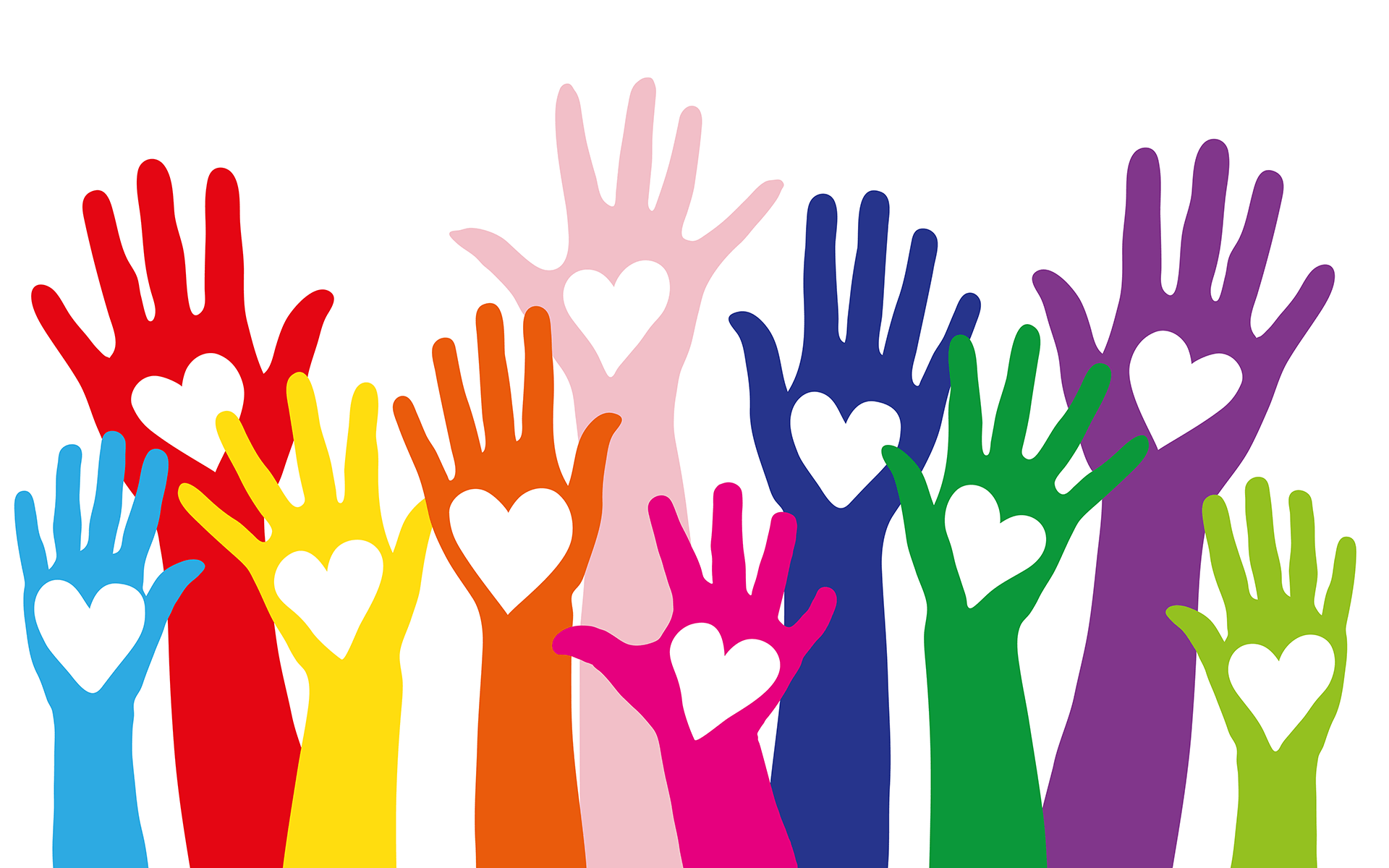JG Larochette’s first word—“ball”—was an early sign that he would find presence not in stillness but in motion. As he grew up, the baseball diamond and soccer field were his refuge. And after playing Division I baseball in college, Larochette joined Playworks, a California nonprofit that fosters recess play in low-income schools. A two-week assignment at an inner-city elementary school in Richmond, CA, began ominously: One afternoon, when Larochette was on the basketball court, students pelted him with rocks. He was determined to respond with love.
Making spaces safe and loving became his passion, first on court, then as a classroom teacher. But as a full-time teacher, Larochette lost the habit of daily physical activity through which he had previously channeled stress. He struggled with insomnia, anxiety, and depression. Just as he began to contemplate leaving the classroom, after eight years, he found a lifeline: mindfulness. Within weeks, Larochette was sharing mindfulness practices with his students; within months, he was sharing with other schools in the community. Today, Larochette is the founder and director of the Mindful Life Project, a nonprofit that now provides intervention programs—including mindfulness—for 22 underserved Bay Area schools, and leads mindfulness trainings in schools nationwide.
Tell me about your time at Coronado Elementary School.
I fell in love with the kids and families, and I went really hard for those nine years. The kids were dealing with trauma and suffering, and I kept trying to do more—rally the community, help on the playground, collect signatures to get the resources we needed. Five years in, when I was 28, I started having bouts of anxiety and depression. I did not know what self-care was, and I kept pushing. Eventually, I was sleeping only two or three hours a night. I tried everything: therapy, medication, acupuncture, craniosacral therapy. I tried and tried, but I was sliding into an abyss.
How did you end up turning to mindfulness?
Someone suggested meditation. I’m a movement kind of person, so stillness was an interesting alternative. I tried one meditation place and left feeling even more anxious. But someone else mentioned mindfulness. After taking an introductory class through my health-care provider, I attended a Monday night talk and meditation practice at Spirit Rock, a nearby Insight meditation center. That was the moment: I felt at home in myself.
That quickly?
My brain was in such a state of haywire that even the second it started to rewire was significant. The light went on: This is what I’ve needed for my whole life, especially the last 10 years. Within weeks, my sleep improved.
Would you elaborate about this sense of feeling “at home”?
I’m an immigrant kid. My father is Argentinian. My mother is Jewish and Israeli. My first language was Spanish. But I wasn’t really Latino. I’m a six-feet-three-inches-tall white guy. I never really felt comfortable in my own skin, never felt that I belonged to a community that I could relate to. And as a child, I was a worrier. When I look back, I realize that sports were my mindfulness practice: On the field, I was in the present moment. But I couldn’t name it then—what it was that made me feel empowered, comfortable, at home.
You were quick to bring mindfulness into your third-grade classroom. Why?
Earlier that year, I had been so caught up with resolving classroom conflicts, settling kids down, redirecting their attention, assigning consequences. I had students who had lost family members, a couple of students whose fathers were incarcerated, a student whose father was on the run from immigration—it was a significant trauma group. But I realized that my anxiety and fear—my being disconnected from the present moment and trying to avoid my humanity—had been causing my students to feel the same way.
How did that first session go?
I’d been practicing for two or three weeks. I had no idea how to lead meditation, but I kept it simple—two minutes. If you don’t like it, I said, I won’t force it on you, but I’ve found something that’s helped me, and maybe it will help you. We’re going to focus on sounds and on breathing. They looked at me: What? We thought you were the cool teacher!
Within 15 seconds, every kid in the room was still. Eyes closed. No fidgeting. I saw their facial muscles and their bodies dropping into relaxation. After two minutes, when I rang the bell, no one moved. Twenty-five kids! I thought, Are they messing with me? After a few minutes, they began to open their eyes, and then, they shared: I felt relaxed. It was like floating in the clouds.
And you’ve never wavered in your own practice?
It’s funny. I’m actually more disciplined about practicing mindfulness than I am about flossing my teeth. I haven’t missed one day of practicing or sitting in stillness.●








